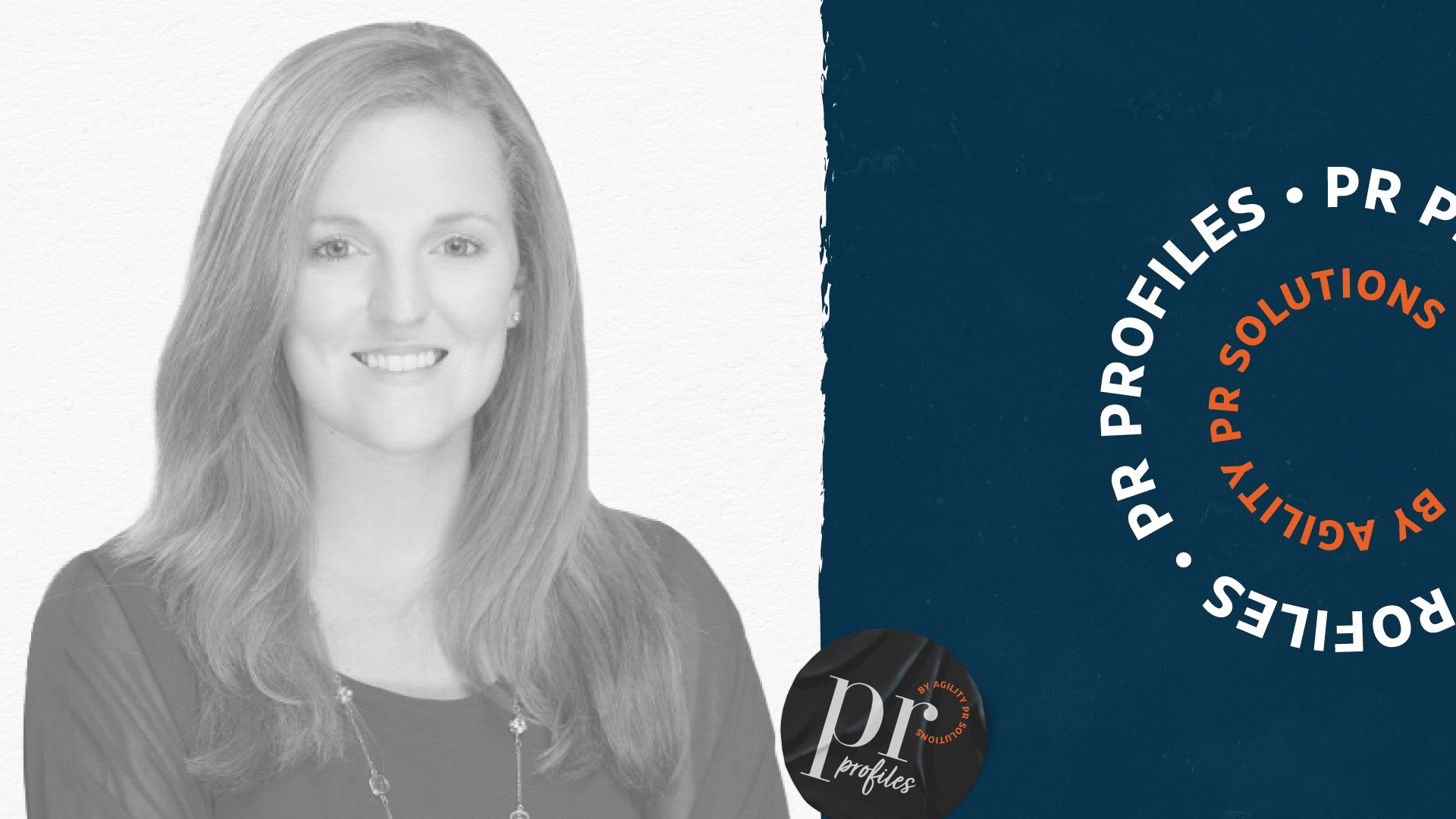For those new to the game, newswires today distribute submitted news releases (aka press releases) electronically for a fee to subscribing newsrooms and journalists. Once a press release is posted to the wire, journalists and news outlets who subscribe to that particular wire will be able to see it. Now, newswires also allow for news releases to be posted on hundreds of news websites, granting you direct access to a public audience, as well as the media.
However, depending on the size and popularity of the wire, there can be tens of thousands of news releases posted a day, which means you’ll want to take extra care in how you write and present your release.
For today’s blog, we spoke with Andrew Woodall, Director of Global Support at Agility PR Solutions. Andrew and his teams in North America, Europe, and Asia provide training, product support, and success strategies to Agility clients to help them achieve earned media results. Read on to learn Andrew’s recommendations for writing an attention-grabbing and relevant news release.
Before writing a press release, is there anything PR and comms pros should keep in mind?
First, consider the topicality, relevance, and newsworthiness of your release. Newswires are great for your big stories, the ones where you have something really important to say. Second, avoid trying to say too much in a release—one news release, one message.
Bear in mind that your news release will reach the media and, through online distribution, a public audience. So, when writing a great news release for a newswire, you need to be aware of both audiences: the journalists and the potential consumers.
Your news release should contain enough information for a journalist to be able to turn the content into earned media coverage, while also providing clear instructions on how a journalist can follow up and get more detailed information if they wish. Include your media contact’s name, phone number, and email, and ensure that person is available and ready to go. If you want the media to contact you at certain times, make that clear too.
Starting at the very top, what are some of the dos and don’ts of composing the headline for your news release?
In many instances, the headline is all that will be immediately visible to the audience, so do tell people your story as clearly and quickly as possible. Ideally in one, or at most, two sentences.
Do not tease your audience or think of your headline as clickbait. The headline should help the audience understand what the release is about, what or who the source is, and why it is newsworthy.
Is it beneficial to include your company or product name in the headline?
The short answer is yes. Including a source company or product name in the headline gives it instant attribution and context for the reader.
Is there an optimal release length?
The standard length of a press release is around 400-600 words, which is plenty for most stories. At Agility, our newswires are one flat cost for unlimited word count, which provides our clients room to make the press release their own.
I see a lot of releases that are too long because they provide a lot of tenuous background information, often copied and pasted from Wikipedia. Best practice is to include the important and newsworthy information and then link to places that provide more detail.
The main exceptions to this word count rule are often healthcare, pharmaceutical, and financial PR professionals who must include any information owed to regulators and investors, which may increase word count.
Who is the best spokesperson to quote in your news release, and what types of quotes are typically well received?
The best spokesperson is the one with the most authority on the subject of the release. While this is often the CEO, it could also be the head of a project or the creative director. Really it can be anyone who makes you think, “I’m hearing from the person that matters”.
A quote should be seen as a supporting asset to the release—try and serve the needs of your audience by adding context, or explaining the application importance of your news, rather than talking about what a great company you are.
How can you use multimedia to strengthen your news release and improve pick up?
It’s been established for several years that news releases with multimedia get more attention. Our brains love visual information, so news releases with good quality images get noticed, clicked on, and used at a higher rate than those without.
Just like with social media and marketing in general, news releases with videos get more and stronger interaction than text-only releases. Like any asset, it’s important to make sure the video content is good quality, ready for reuse, and aligns with the main story. This press release from Innodata Inc. is a perfect example as the included video demonstrates how an AI Kitchen Robot works and provides a high-quality piece of content that journalists know will generate traction among their own audience.
When shouldn’t you write a news release?
Don’t send spoof or April Fools’ Day releases. Newswire companies serve the media by verifying the source and accuracy of the content they’re sending, and they take this role seriously—even on April 1st.
I’ve also seen a lot of tenuous links between a major news story and unrelated companies looking to newsjack with a press release. While it’s great to be aware of the news cycle, and to make a statement on topical events if the media would expect it of you, I’d suggest saving your time and money unless your company has true relevance to this week’s big news story. There is always next week.
Learn more about newswires by downloading our free e-book: “News Wires 101: Everything You’ve Ever Wanted to Know”.







